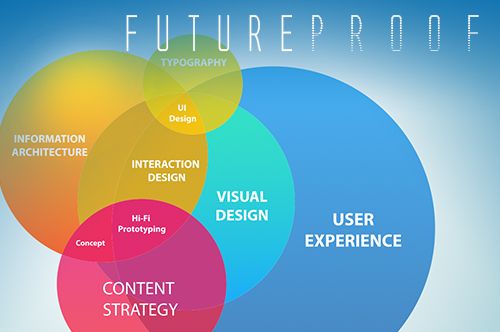
In enterprise software sales, often the buyer is not the end user, and a functional user experience can easily be overlooked or undervalued. As larger numbers of employees make software purchasing decisions through smaller cloud-based buys, the expectations around design, functionality, and experience are higher than ever.
Then and Now: Design Expectations are Changing
Historically, CIOs would work with an enterprise vendor to solve a problem within their business. Once software was purchased, engineers and contractors were tasked with implementing the software. Engineers building products for other engineers didn’t consider user experience, and thought other engineers understood intuitively why and how code worked. There was even a stigma that if a program appeared too glitzy, engineers wouldn’t trust it to be as functional.
Cloud and mobile are transforming expectations around user experience and design. End users of these products are not just the engineers and IT people of the past, but rather business people from all areas of the company. Because employees have choices—especially within products like cloud and mobile—if a product doesn’t provide functionality and an easy to use design, employees won’t use them.
No Room For User Experience Error in the Cloud
Cloud products are typically offered in a subscription service model, with that, cloud users are often the buyers, too. A subscription service model highlights user experience satisfaction in new ways. If employees aren’t satisfied they won’t use it; if they aren’t using the product, businesses drop the subscription from their monthly expenses. Cloud and mobile have no legacy or old applications, only new applications that must meet all expectations to continue to exist. The outdated and issue-ridden applications are easily ditched in favor of better rated apps or services.
Business users have higher expectations for business software. As cloud and mobile leave little room for error, it is even more important that the design and functional experience is near perfect. Take this for example: An employee loads a document to the company’s cloud service to share with his/her team at work. When they go to search for the document the following day, they are unable to locate it. After many frustrated minutes of digging they are finally able to pull it from an obscure folder.
This type of experience greatly affects an employee’s desire to use the cloud. Work is not dramatically impacted by whether the cloud is easy to use because users know they have other options for sharing files. This highlights the importance of getting design right the first time.
Explore the Integration Maturity Model to learn more.





